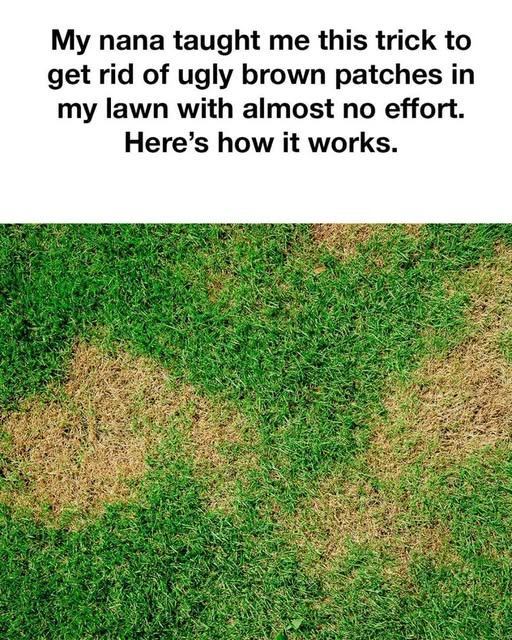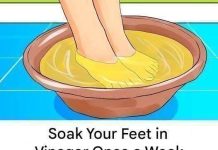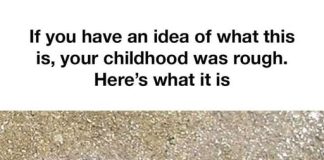Growing up, I was always mesmerized by my grandmother’s perfectly green lawn with not a single brown patch in sight. She never spent hours laboring in the yard yet maintained its pristine condition effortlessly. The trick she taught me is so simple.
Why Brown Patches Appear
Understanding the problem is the first step. Brown spots in lawns are often caused by:
- Drought stress, leaving grass dehydrated and brittle.
- Fungal infections, which can rapidly turn large areas brown.
- Pest damage, such as grubs or insects damaging roots.
- Pet urine, especially from dogs—high nitrogen content can burn grass.
These triggers often damage the roots or stunt photosynthesis, leaving unsightly patches. Nana’s method works regardless of the cause.
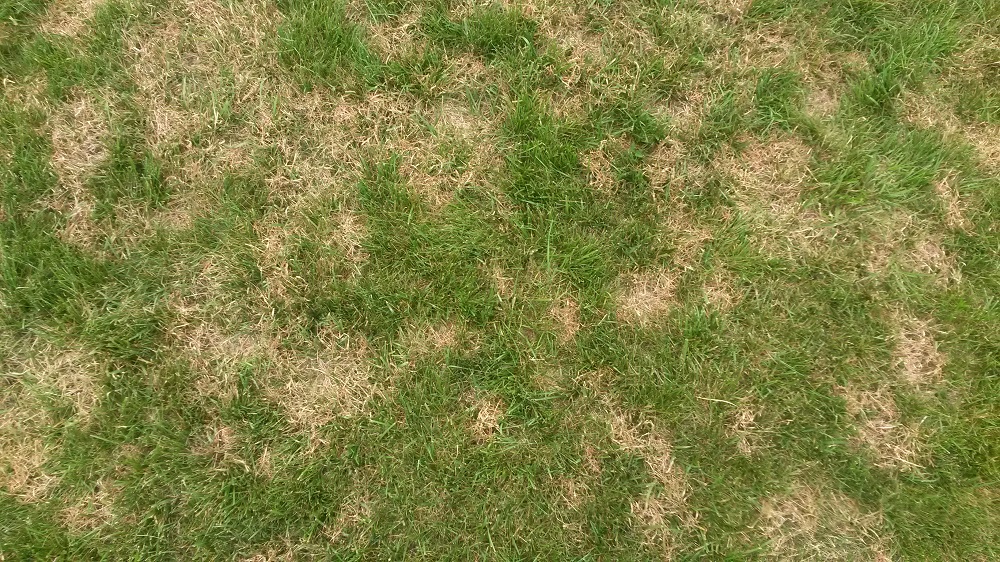
Nana’s Miracle Mix: Epsom Salt & Dish Soap
Here’s the simple home remedy she swore by:
Ingredients:
- 2 tablespoons of Epsom salt (magnesium sulfate)
- 2 gallons of water
- A few drops of mild dish soap
Instructions:
- Mix the Epsom salts in warm water until fully dissolved.
- Add a few drops of mild dish soap—this helps the solution soak into the soil and cling to grass blades.
- Pour the mixture directly onto brown patches, saturating the root zone without overwatering.
- Lightly water the treated area over the next few days.
Within one to two weeks, you should see greening return. If some spots remain dull, repeat the process.
How It Works: Why This Mix Revives Grass
- Magnesium boosts chlorophyll production, enabling grass to photosynthesize and stay vibrant.
- Epsom salt enhances nutrient absorption, helping grass take in nitrogen and phosphorus more efficiently—critical for recovery.
- Dish soap acts as a surfactant, breaking surface tension and improving penetration into soil and roots.
- Compared to chemical fertilizers, this gentle mix restores color without burning the grass or harming the environment.
Maintenance Tips to Prevent Brown Patches
While Nana’s solution is effective, prevention is even better. Here are her best practices:
- Water deeply but infrequently: Morning watering for 20 minutes, 2–3 times weekly encourages deep root systems.
- Mow grass higher: Taller blades shade soil, reduce evaporation, and discourage weeds.
- Aerate annually to reduce soil compaction and let nutrients reach the roots.
- Use balanced fertilizer in spring and fall—but avoid overfeeding. Excess nitrogen can cause scorch marks.
- Monitor for pests and fungi, and take action promptly to prevent damage.
When the Trick Doesn’t Work
If brown patches persist after two rounds of treatment, consider these steps:
- Test your soil pH and nutrient levels—imbalances may be limiting recovery.
- Inspect for root-rotting fungal infections or grub infestations. These issues need targeted treatment.
- Reseed the affected areas with a grass type suited to your climate. Sometimes patches are too damaged to revive.
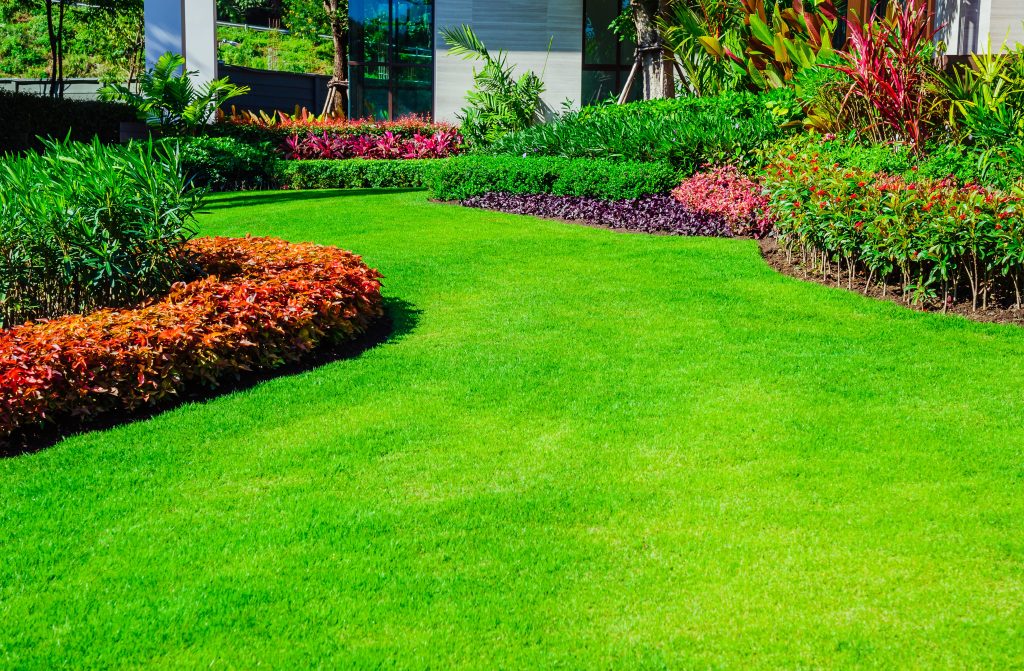
Why I Can’t Keep This to Myself
It’s astonishing how much better my lawn looks with almost zero effort. Brown patches used to be a chore to fix—now they’re inconvenient footnotes. This remedy revived the most stubborn areas gradually and naturally, and the prevention tips have kept them gone.
I’m sharing this because so many of us struggle with patchy lawns without realizing an easy fix is within reach. You don’t need fancy tools or harsh chemicals—just a few household staples. Try Nana’s method and let your grass shine. If you’d like guidance on weed control, grass selection, or organic care routines, I’d be happy to help!

